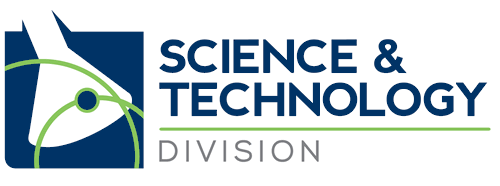1K
San Diego conference session ST-5 “DNA Translation: It’s All in the Genes” by Leo van Zanten, is reviewed by Karen Tkaczyk
I arrived at “DNA Translation: It’s All in the Genes” looking forward to learning. As a chemist with no formal biology training, and a translator who frequently works on biological subject matter in pharmaceutical texts, I always feel my work benefits from a better understanding of biology.
Not all scientists can explain their fields clearly to those without the same background, but this was not the case here. Leo van Zanten, a Dutch translator with a background in plant breeding, is knowledgeable and well able to explain his subject. The topics introduced were clear and structured logically, moving from chromosomes to DNA, then genes, proteins, RNA, PCR and forensics. The visuals were impressive and enhanced the explanations.
We started with an introduction to chromosomes, explained through the seminal fruit fly study. Chromosomes store DNA, so we moved there next, with descriptions of the double helix, nucleotides and base pairs. Since DNA forms the language of life, here the first creative element of the session appeared.
Leo used a word-related analogy to help wordsmiths in the audience understand scientific concepts:
– The alphabet only has four letters: A, C, T and G
– Every word is only three letters long: AGA GGC
– A word is the name of an amino acid
– A sentence is a gene
Just as the concepts were becoming trickier, Leo snapped us to attention with a clip from ‘Jurassic Park’ to help explain more about these pieces of DNA string. Later, well-timed video clips clarified other concepts.
From genes we moved to proteins. Here, I was at home. At one time I could name and draw the structures of all twenty amino acids that are used to produce proteins. But, oh, shock! Horror! Leo called organic chemistry boring! He insulted my first scientific love!
Next we covered DNA transcription and translation: the process where the DNA code is used to produce polypeptides or proteins. Lastly, we moved into modern methods in the field: polymerase chain reaction (PCR) and gel electrophoresis. Leo explained how these techniques are applied in forensics and paternity testing. As he concluded, he explained how forensic scientists analyze DNA to help solve crimes, referring to popular crime dramas to help anchor the audience. We ended back in Hollywood, with a clip from ‘Gattaca’. Remember the alphabet?
This session delivered a well-planned balance of theoretical and practical, and mixed high scientific register and popular culture effectively. Leo was so engaging that I have forgiven him for calling organic chemistry boring.
Karen M. Tkaczyk, PhD, CT, MITI, is an ATA-certified French>English freelance translator. She is originally from the UK and now lives in Nevada. Her translation work focuses on chemistry, its industrial applications and intellectual property. Karen holds an MChem in chemistry with French (University of Manchester, UK), a diploma in French, and a PhD in organic chemistry (University of Cambridge, UK). She worked in the pharmaceutical industry in Europe, and then in pharmaceuticals and cosmetics in the US. Since 2005 she has been technical translator and editor. Karen is the current administrator of the ATA Science and Technology Division.

